8. The Night of the Hunter (1955)
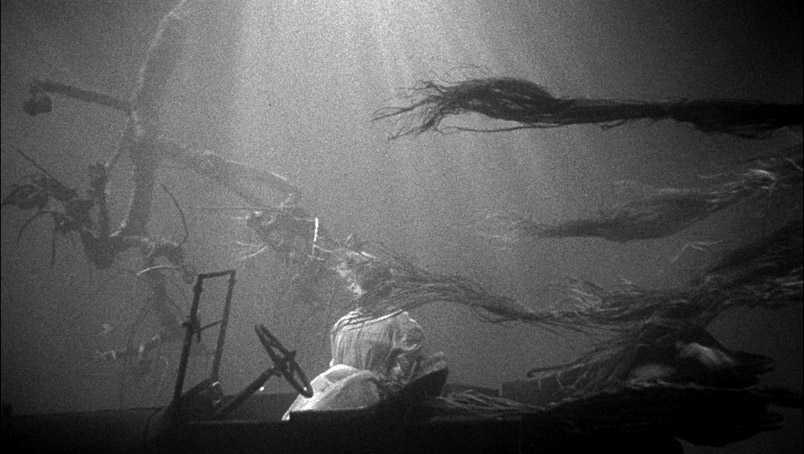
What makes “Night of the Hunter” a memorable film is that it’s a mixture between its amazing cinematography and its riveting characters and storytelling. It is shame that this is Charles Laughton’s only film, because it is the work of a master.
In 1930, Reverend Harry Powell (Robert Mitchum) escapes from his last murder scene. He is a misogynist and false preacher who goes from town to town claiming that his assassinations are God’s commands. One day, he gets busted. In jail he meets Ben Harper (Peter Graves), a thief that hid the money he stole from a robbery in his daughter’s rag doll, and somehow gets the information about where the money was hidden.
Ben is executed while Powell get his freedom back. The false preacher marries Ben’s widow Willa Harper (Shelley Winters). Subsequently, Powell kills Willa and hides her body in a local river. Although John (Billy Chapin) and Pearl (Sally Jane Bruce), the Harper kids, are forced to live with their new father, they do not trust him and decide to flee.
The evident expressionist influence used by director of photography Stanley Cortez is one of the most impressive trademarks of the film. The shots of the dead mother under the lake and the kids escaping through desolated ambiences are images taken straight out from an awful nightmare. But Mitchum’s performance is the one that stands out and lingers in the memory of the audience.
As Roger Ebert stated, “But nobody who has seen ‘The Night of the Hunter’ has forgotten it, or Mitchum’s voice coiling down those basement stairs: ‘Chillll . . . dren?’”
9. Los olvidados (1950)
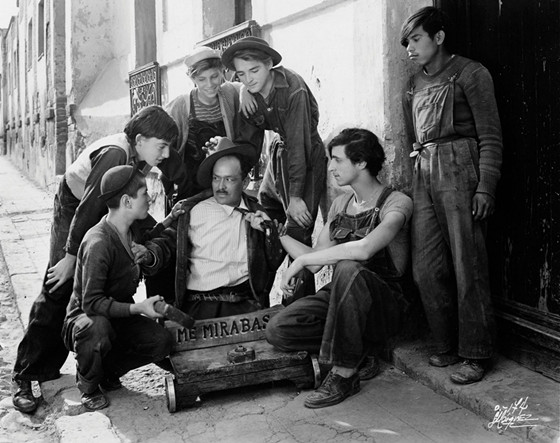
Perhaps the greatest picture (Along with “El ángel exterminador”) that Luis Buñuel made in his Mexican period. “Los olvidados,” which could be translated as “The Forgotten Ones” and is known in the U.S, as “The Young and the Damned,” is an ominous story of adolescence, poverty and youth crime.
In the slums of Mexico City, El Jaibo (Roberto Cobo) escapes from reformatory and reunites with his former gang. With the help of his friend Pedro (Alfonso Mejía), El Jaibo finds Julián (Javier Amézcua), who he suspects was the one who reported him to the police. El Jaibo kills Julian and warns Pedro to not denounce him to the cops. Pedro wants to recover his mother’s confidence, but he’s accused of a crime he did not commit and is confined to a farm school.
The film’s haunting elements consist in its realistic portrait of misfortune in abandoned teenagers and children. Mexican Nobel Prize winner Octavio Paz summarizes this way: “But ‘The Forgotten Ones’ is more than a realistic movie. The dream, the desire, the horror, the delirium, the chance, the nightlife, it also has its part. And the weight of the reality that the film shows to us is so atrocious that it ends up looking impossible, unbearable, and that’s the way it is: reality is unbearable, and because of that, because man cannot bear it, man kills and dies, loves and creates.”
10. Over the Edge (1979)
Jonathan Kaplan’s “Over the Edge” is just a stunning piece of filmmaking. It is influenced by an article entitled “Mousepacks: Kids on a Crime Spree” about teens vandalizing households in California. The article noted that there was a high level of juvenile crime in planned communities.
Indeed, the film is set in a planned community named New Granada. Carl Willat (Michael Kramer) is an adolescent who spends most of its time at “the Rec,” a community center that is the only place where youngsters can have fun. The adults, that is to say, the figures of authority, parents, police officers and teachers, exercise their power by repressing and inhibit the kids’ teen spirit. However, the kids are not afraid of this and they still party, do drugs and play pranks. One day, a terrible injustice happens and the kids decide to revolt.
Kurt Cobain once said, “‘Over the Edge’ pretty much defined my whole personality. It was really cool. Total anarchy”. The late Nirvana frontman, famously known for being the symbol of teen angst, chose wisely “Over the Edge” as the film that represented him in the best way.
This is because the movie reflects in an exceptional manner what is to be an adolescent. Resentment against adult control over their lives is shot with an unprecedented honesty. And the use of drugs and the portraiture of teen sexuality never looks phony. Ultimately, “Over the Edge” exudes a vigor and a ferocity that is just praiseworthy and, arguably, there has never been another coming of age film of this depth and scope.
11. Old Joy (2006)
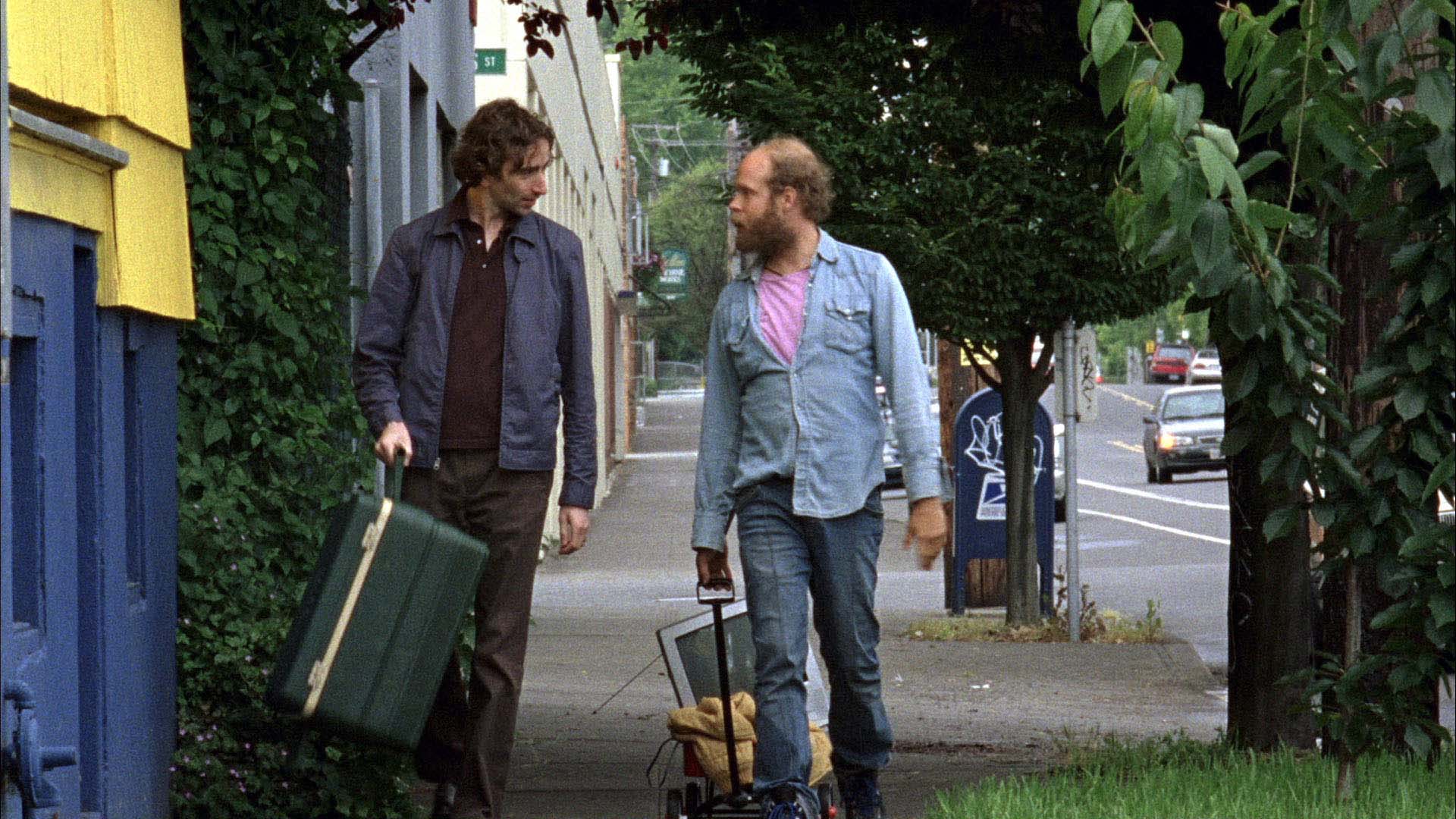
Kelly Reichardt is undoubtedly one of the finest filmmakers working nowadays. Her filmography, which includes movies like the bold feminist western “Meek’s Cutoff,” the disturbing eco-drama “Night Moves” and the heartbreaking American neorealist tragedy “Wendy and Lucy,” have proved that the Miami native is one of the most superb talents that contemporary independent cinema has produced. In this regard, her second film is outstanding cinematic proof of her particular style.
The film follows Kurt (Will Oldham) and Mark (Daniel London), two old friends who reunite for a trek to the Bagby Hot Springs in Portland, Oregon. Kurt lives an individualistic, erratic hippie lifestyle while Mark is a “productive member of society,” is married, has a stable job and an unborn child. They spend the night in the countryside. The next day, they have breakfast, take a bath at the thermal waters and return to the city.
“Old Joy” displays the painful and unavoidable passage of time and its effects over friendship. Although Kurt misses the common past that they shared together and wishes to relive it in the future, Mark’s cynicism and indifference offer no sign of real commitment to maintain their friendship.
One of the most haunting scenes happens when the friends are eating breakfast. While Kurt is in the bathroom, Mark’s wife calls her husband’s mobile phone and asks when he’ll arrive home. He, as if Kurt was nothing but a complication, tells her that he’s unfortunately still with Kurt and will get home soon. When Kurt gets back, Mark smiles, acting as though nothing happened.
12. The Great Beauty (2013)
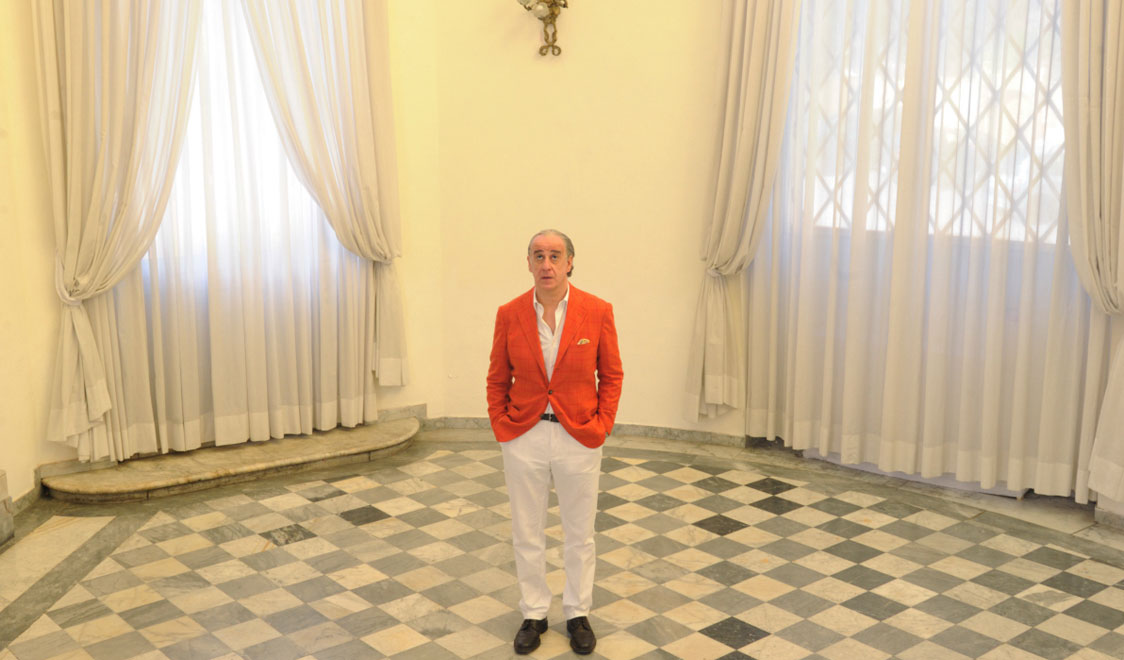
Paolo Sorrentino’s “The Great Beauty” seems to be, at first sight, a secret and unreleased collaboration between Federico Fellini and Michelangelo Antonioni. On one side, the film exposes Rome’s jet-set lifestyle, presenting its hedonistic and vertiginous parties. On the other side, it illustrates the melancholic and silent modern yearning for belonging.
Jep Gambardella (Toni Servillo) is a journalist in his sixties. He’s the soul of every party and always has a woman waiting for him in his bed. When he turns 65 years old, he realizes that he doesn’t want to live that decadent lifestyle anymore, so he begins to search for “the great beauty.”
The film displays itself as a mixture of longing for the purity of adolescent love, and as a testament of the inevitable bitterness of aging. This feature, which is coordinated by the unstoppable rhythm of emotion, allows audiences to appreciate the essence of both the human characters and Rome as the city of relentless passion.
As Sorrentino states, “There’s one thing that I like about Rome that was stated by Napoleon: that from sublime to pathetic is only one step away. And in Rome there’s a constant shifting between sublime and pathetic.”
13. Blackfish (2013)
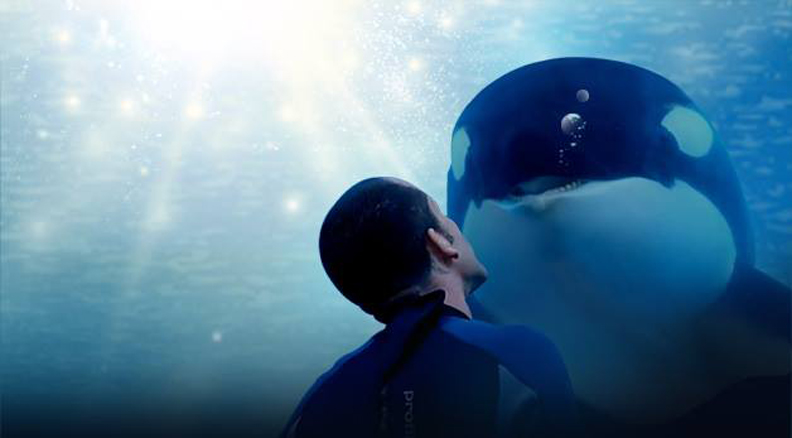
It is understood, at least in the academia of social sciences, that the difference between humankind and animals is that the former has the ability to employ symbolic language. Accordingly, the use of language has become the ontological feature that has served as a justification to support the idea that human beings are superior to animals.
In this regard, the 2013 documentary “Blackfish” deals with the confinement of Tilikum, an orca embroiled in the deaths of three people. The most well known of them was Dawn Brancheau, a SeaWorld senior animal trainer whose case was really well documented by the press. The film focuses more specifically on the whole capture process of the orcas, suggesting that this is the cause of their aggressive behavior.
The influence of the film was so strong that some bands (including the Beach Boys, Willie Nelson and Cheap Trick) cancelled their gigs at SeaWorld facilities. They also saw millions of U.S. dollars in losses. Marine zoological parks had to face political questionings about entertainment based on the captivity of orcas and whales in a broader sense.
Nonetheless, the language issue is the one that stands out. The documentary advocates that the orcas have a real symbolic language and that, when decoding their vocal sounds, it is possible to distinguish a human-like pain.
14. Eyes Without a Face (1960)
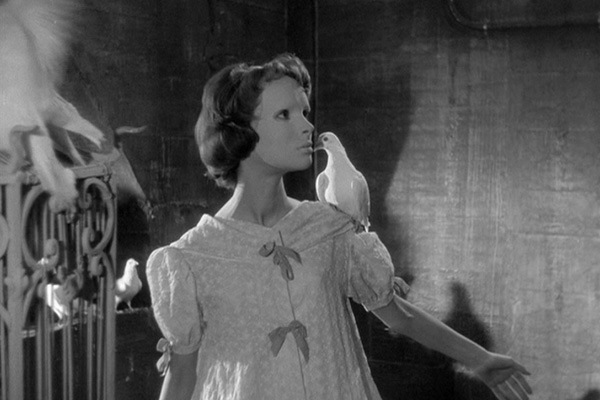
This bizarre and extravagant work, based on Jean Redon’s novel “Les yeux sans visage” and directed by French filmmaker Georges Franju, is one of those horror movies that undeniably stood the test of time due to its poetic style.
In Paris, Dr. Génessier (Pierre Brasseur) identifies the body of his dead missing daughter, Christiane Génessier (Edith Scob), in the city morgue. Before her disappearance, Christiane was involved in a car accident that left her face terrible disfigured.
After the funeral, Dr. Génessier and his assistant Louise (Alida Valli) arrive home where the real Christiane is secluded. The face of Christiane is covered with a disturbing mask, and her father is very preoccupied with experimenting with the faces of other girls in order to recover the original face from his daughter.
The nightmarish ambience evoked in Dr. Génessier’s clinic, along with amazing performances, especially from Scob, who Franju claimed was “a magic person” because she “gives the unreal reality,” are presented through elegant imagery. Although “Eyes Without a Face” could be called one of the most macabre fables of sadism in the history of cinema, the truth is that there is a compelling visual delicacy in every shot and performance that it’s impossible not to be charmed by it.
15. Morvern Callar (2002)
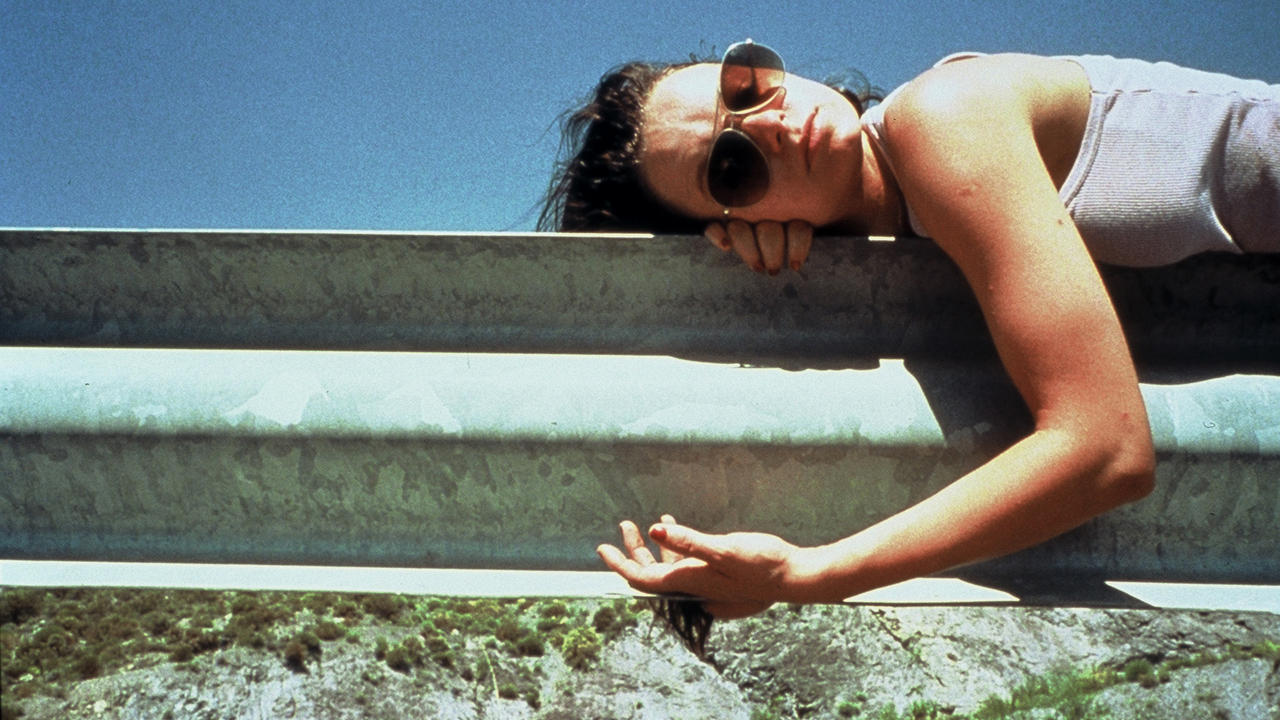
When a Lynne Ramsay film is released, it’s always a major event. This is because she has only made four feature films (“Ratcatcher,” “Morvern Callar,” “We Need to Talk About Kevin” and the upcoming “You Were Never Really Here”) in her almost 30-year-long career. Although her filmography seems rather modest, the truth is that every film she has made feels like the consummation of years of work and contemplation.
Morvern Callar (Samantha Morton) discovers, the day after Christmas, the corpse of her boyfriend who committed suicide the night before. He leaves her a manuscript of his unpublished novel and a note for a recommended publisher. She changes the authorship of the book, receives a huge amount of money and travels to Almería, Spain, to forget everything.
Morvern seems, at times, like a drifting soul that is just pure sentiment. At other times, she is like a disguise to cover a fuzzy anguish invisible to others. Fueled with an affecting soundtrack (Can, Aphex Twin, Boards of Canada, and Stereolab, to name just a few), Ramsay’s second effort is a film that shows an unparalleled devotion to muted emotion.